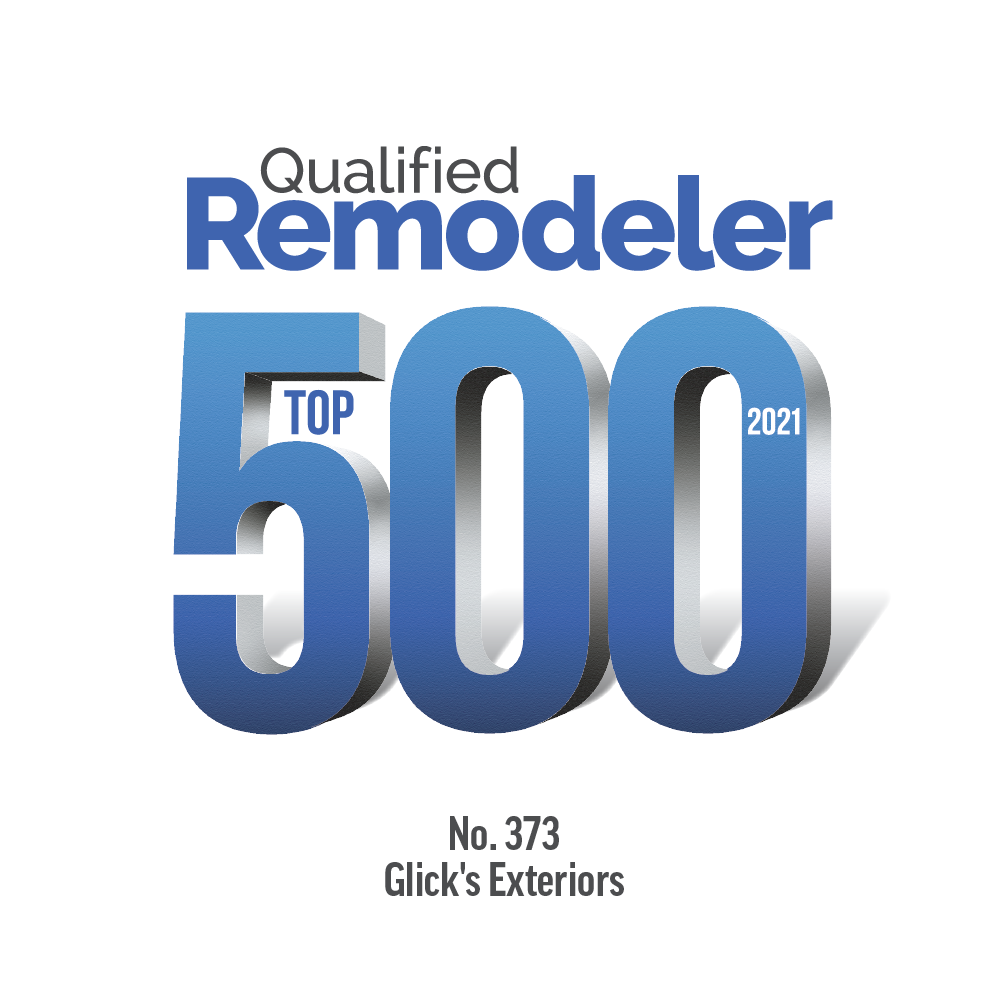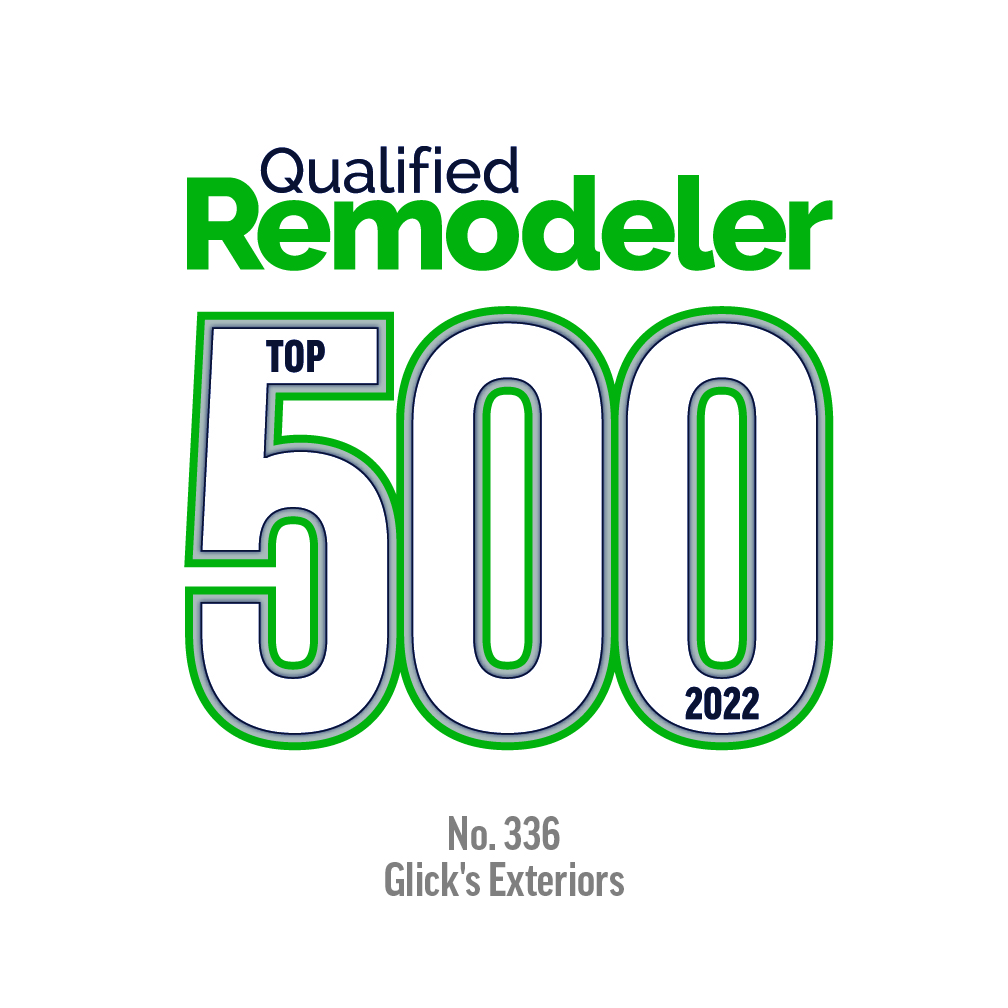The Pros and Cons of Different Types of House Siding
Are you considering giving your home a facelift? Choosing the right type of siding for a house can be a game-changer, enhancing your property’s curb appeal and value. With a plethora of different types of house siding options available on the market, you can choose one that perfectly matches your aesthetic preferences, budget, and durability needs.
Imagine your house standing out in the neighborhood with siding that protects it from harsh weather conditions and complements its unique architecture. Keep reading to explore the pros and cons of various types of house siding to find the one that’s just right for your home.
Vinyl Siding
Vinyl siding is crafted from durable PVC plastics, ensuring a lifespan of up to 60 years. It is a type of plastic siding commonly found on smaller homes or apartments that require weatherproofing, particularly in areas with frequent precipitation and storms. It comes in various colors, adding to its appealing exterior options.
Pros:
- According to Forbes, this siding can withstand temperatures up to 750 degrees without catching fire.
- Regarding siding options, vinyl stands out as a highly cost-effective choice compared to other alternatives on the market.
- Vinyl siding is incredibly low-maintenance, requiring minimal upkeep.
Cons:
- Visible seams can be more noticeable than wood siding due to the uniformity of vinyl sheets.
- Vinyl is not a natural material, which may affect the value of your home when it comes time to sell.
- Cracks on the surface can occur due to extreme temperatures.
Fiber Cement Siding
Fiber cement siding is created by blending wood pulp and cement together. It’s a fantastic choice for exterior siding if you’re seeking long-lasting durability lasting up to at least three decades. Aesthetically pleasing, fiber cement is available in various colors and textures to complement any home’s exterior.
Pros:
- It holds up strongly against the elements like wind, rain, snow, and heat.
- Fiber cement siding provides a wide array of styles to choose from, offering versatility and aesthetic appeal.
- It is low maintenance and requires minimal cleaning.
Cons:
- It is one of the more expensive types of house siding available on the market.
- Fiber cement isn’t suitable for a do-it-yourself installation and requires professional help.
- Fiber cement siding is not known for its insulation properties.
Wood Siding
Wood siding is popular as it offers an attractive, natural aesthetic that appeals to many homeowners. Whether you’re looking for clapboard, shingles, or wooden panels, wood is perfect for customizing and adding character to your home’s exterior.
Pros:
- This type of siding offers greater versatility and customization options compared to other alternatives.
- Wood siding can significantly increase the resale value of a home.
- It can bring a fresh look to older homes or infuse charm into new constructions, adding character and timeless appeal.
Cons:
- This siding is highly combustible and poses a significant fire risk.
- Wood siding isn’t typically known for its durability.
- Periodic refurbishment is necessary every few years.
Veneer Siding
Veneer siding is made from cement or synthetic materials that are applied over an existing surface. Brick and stone are the popular types commonly used. If you’re looking for the look of authenticity without breaking the bank, you might want to consider veneer siding as a great option.
Pros:
- It is highly durable, resistant to decay, and fireproof.
- Veneer siding is low maintenance compared to other types of siding.
- Brick and stone veneer provides cost-effective alternatives that are just as charming as traditional brick or stone exteriors.
Cons:
- This type of siding is not recyclable.
- The look of veneer siding can fade over time.
- Moisture problems can occur with veneer siding.
Stucco Siding
Stucco siding adds texture and character to the exterior of a home. It is made from plaster, sand, and lime mixed with water. Stucco may be the right choice if you’re looking for an elegant and classic option that will last for years.
Pros:
- Stucco is extremely durable and fireproof.
- It is a perfect choice for homes in areas with extreme temperatures as it is highly resistant to weather damage.
- Stucco siding can be painted or stained to match the exterior of the house, providing endless customization options.
Cons:
- Stucco can last up to 80 years but is prone to crumbling.
- The installation process requires significant labor, consequently increasing the overall cost.
- Over time, stucco might develop cracks as it naturally expands and contracts due to temperature changes.
Your Trusted Partner in Exterior Siding
The type of siding you choose impacts the life and value of your home. Choose vinyl for affordability and versatility, fiber cement for strength and variety, wood for natural charm, veneer for cost-effective authenticity, or stucco for classic elegance. Different types of house siding have pros and cons, so evaluate your preferences and budget before deciding.
As you contemplate creating that perfect exterior for your home, remember that we’re here to help! At Glick’s Exteriors, we provide roof repair and replacement services, siding installation, and more to turn your vision into reality. Contact us today for a free consultation.
Filed under: Blog










